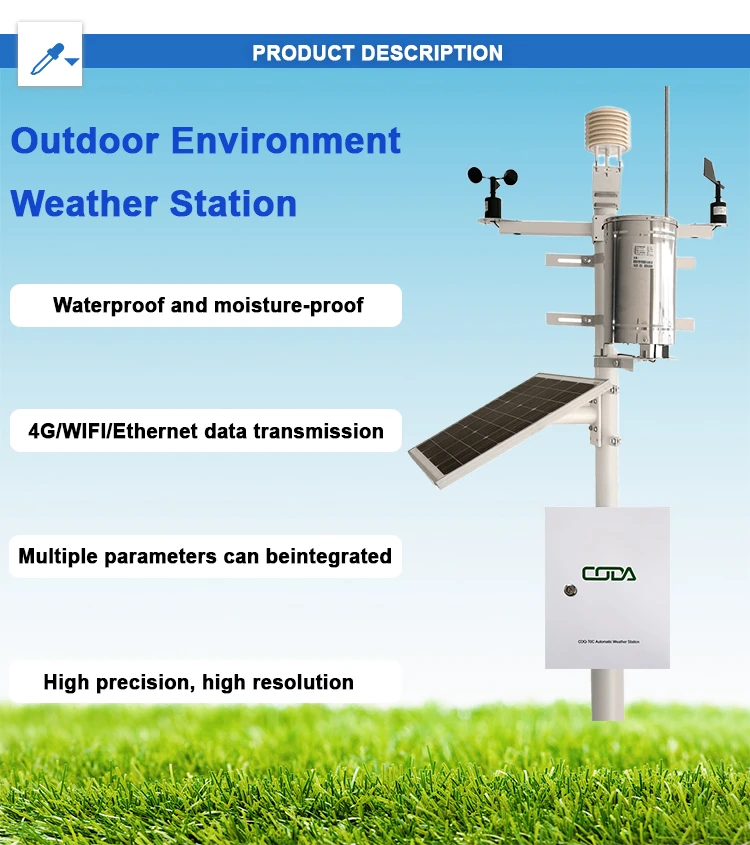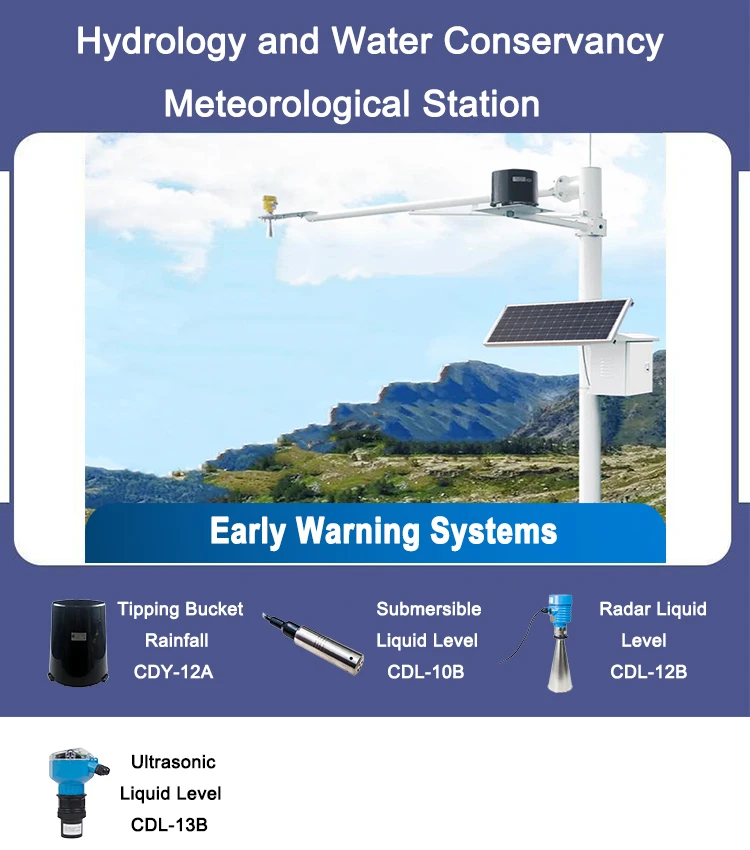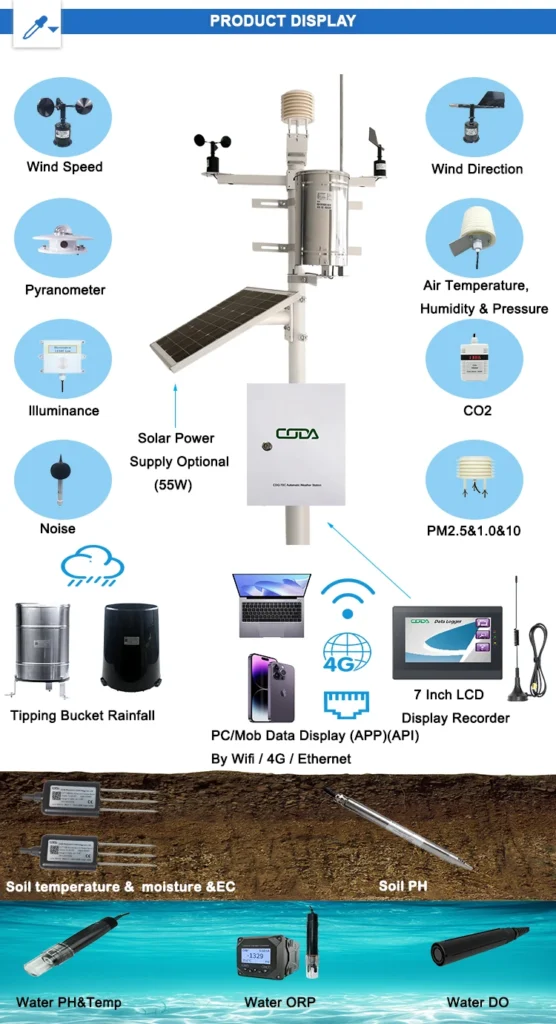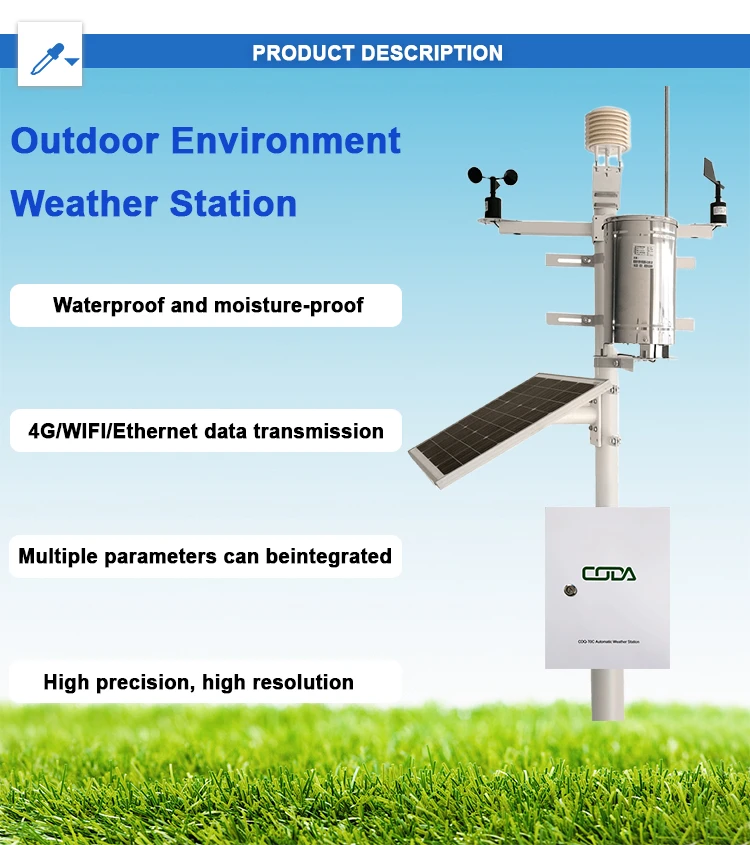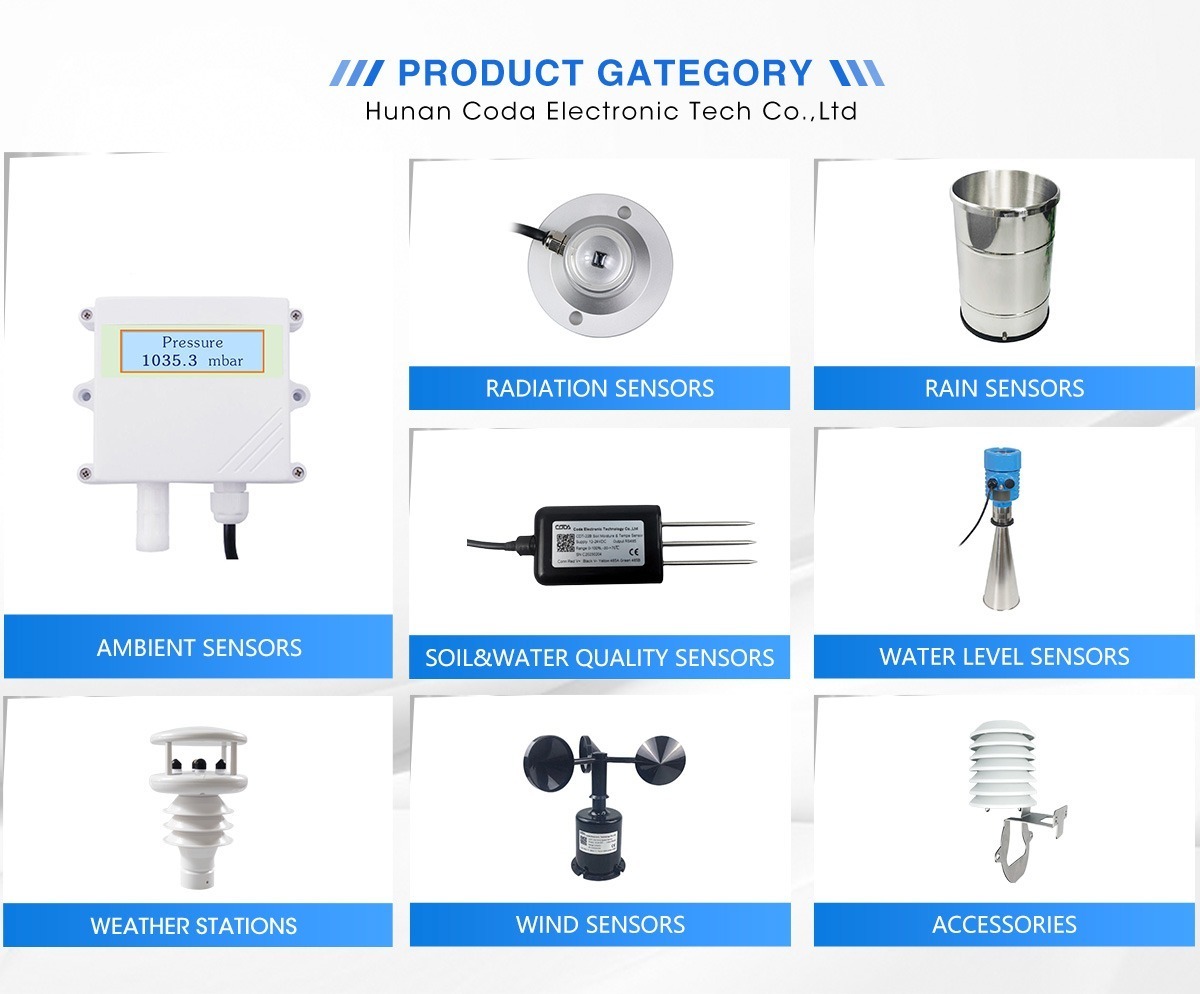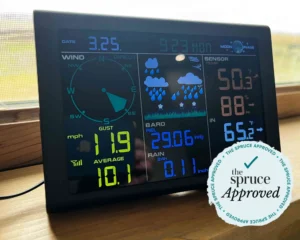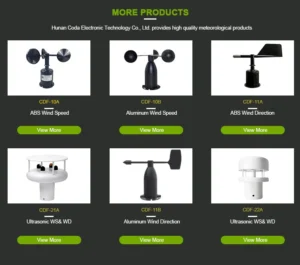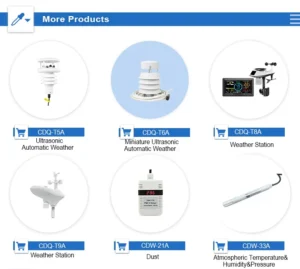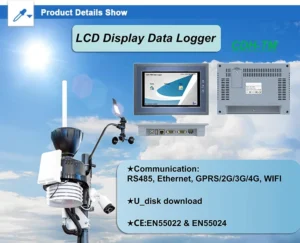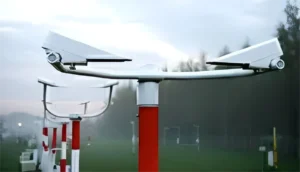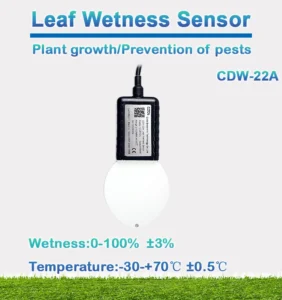What Sets Hydrometeorological Stations Apart from Weather Stations?
Weather and water are important parts of our environment. They affect many aspects of daily life. To observe and study these natural elements, we use special monitoring stations. These stations collect important data. Hydrometeorological stations and weather stations are the most prevalent types.
Although their names are similar, each has a different purpose. This article looks at the main differences between hydrometeorological stations and weather stations. It aims to clarify their roles in studying weather and water-related events.
Hydrometeorological Stations
Hydrometeorological stations, as implied by their name, focus on monitoring both hydrological (water-related) and meteorological (weather-related) factors. These stations are strategically positioned in areas such as river basins, lakes, reservoirs, and watersheds to collect data about water quality, quantity, and atmospheric conditions. Equipped with tools like rain gauges, streamflow gauges, water level sensors, and weather sensors, these stations measure parameters such as precipitation, streamflow, water levels, temperature, humidity, wind speed, and more.
The critical function of hydrometeorological stations is in the management of water resources, including flood forecasting, water supply regulation, and water quality control. By combining data on hydrological and meteorological elements, these stations provide an integrated understanding of how water and weather systems interact—information vital for effective resource planning and disaster risk mitigation.
Weather Stations
Weather stations primarily focus on collecting atmospheric data related to meteorological conditions and patterns. Found in diverse locations such as urban centers, airports, agricultural zones, and remote areas, these stations monitor variables like temperature, humidity, air pressure, wind speed and direction, among others. Typical instruments used include thermometers, barometers, anemometers, and weather vanes to capture real-time atmospheric measurements.
The primary role of weather stations is to aid in weather prediction, climate trend analysis, and agricultural planning. Through the continuous assessment of atmospheric conditions, these stations provide critical information for short-term weather forecasting, long-term climate studies, and optimized farming practices. Meteorologists, climatologists, agriculturists, and other professionals heavily rely on these stations for accurate and timely weather data.
Key Differences
While both hydrometeorological and weather stations collect weather-related data, their scopes of focus differ significantly. Hydrometeorological stations encompass both water-related and atmospheric parameters, offering a more comprehensive view of the dynamic relationship between water systems and weather conditions. In contrast, weather stations zero in exclusively on meteorological variables.
Another major difference lies in their respective locations. Hydrometeorological stations are generally placed in water-dominated settings like river basins or lakes—to monitor aquatic systems alongside weather patterns. Weather stations are deployed across diverse environments such as cities, airports, or farms to attain data primarily tied to weather phenomena.
The equipment used also varies based on their purpose. Hydrometeorological stations combine instruments such as rain gauges and water level sensors with weather detection tools to monitor an array of hydrological and meteorological factors. Weather stations focus on atmospheric observations using tools like thermometers, barometers, and wind-measuring devices.
Lastly, their applications underscore distinct priorities—hydrometeorological stations are predominantly used for managing water resources, forecasting floods, and monitoring water quality. Meanwhile, weather stations serve critical roles in predicting weather changes, monitoring the climate over time, and enhancing agricultural strategies. Despite their specialized functions, both types of stations work synergistically to provide valuable environmental insights across various domains.
Uses and Applications
Hydrometeorological stations serve diverse purposes centered on water resource management, flood prediction, and environmental monitoring. These facilities deliver crucial data on water volume, quality, and weather patterns, which aids in decision-making processes related to water management, disaster risk mitigation, and environmental preservation. By monitoring phenomena such as droughts, floods, and water pollution, these stations promote the sustainable utilization of water resources and safeguard aquatic ecosystems.
Conversely, weather stations are primarily utilized for weather forecasting, climate analysis, and agricultural support. They supply real-time information on atmospheric conditions, weather developments, and long-term climate patterns, enabling meteorologists to forecast short-term weather events, examine climate changes, and improve farming methodologies. Applications of weather stations span industries like aviation, transportation, agriculture, and scientific research, where precise weather data is indispensable for planning and operational decisions.
Challenges and Future Developments
Despite their significance, hydrometeorological and weather stations encounter several challenges regarding data accuracy, equipment reliability, upkeep, and accessibility. Ensuring the integrity of the information collected by these monitoring systems is critical for their effectiveness across various applications. Issues such as sensor calibration errors, hardware malfunctions, and insufficient maintenance can compromise data accuracy, adversely affecting forecasting and decision-making outcomes.
To tackle these challenges, efforts are continually directed at refining the design, technology, and operations of these monitoring stations. Innovations in sensor systems, data analytics, and communication technologies are enhancing the precision and reliability of gathered data. Trends like real-time monitoring, seamless data sharing, and automated analysis are instrumental in making data more accessible and actionable for numerous applications.
Looking ahead, integrating hydrometeorological and weather stations with complementary systems—such as remote sensing technologies, satellite imagery, and advanced modeling tools—promises to further improve the monitoring of environmental conditions and forecasting capabilities. Combining data from various platforms will enable researchers, policymakers, and experts to form a more holistic understanding of the intricate relationships between water systems and atmospheric dynamics. This comprehensive perspective is vital for smarter water resource management, disaster risk reduction initiatives, and environmental conservation efforts.
conclusion
Both hydrometeorological stations and weather stations play pivotal roles in observing and understanding environmental systems. While hydrometeorological stations primarily focus on water-related dynamics along with weather factors, weather stations specialize in atmospheric monitoring. Together, they are central to initiatives like sustainable development, disaster prevention, and environmental stewardship.
As technologies advance and environmental issues grow more complex, the demand for precise, dependable, and accessible data from these monitoring stations will increase. Improving their structures, technologies, and operational frameworks will bolster our ability to analyze environmental changes, predict weather phenomena, and make informed decisions that benefit the planet and its diverse ecosystems. Though their focuses differ, hydrometeorological and weather stations collectively provide key insights into the intricate interplay between water resources and atmospheric conditions—fueling our understanding of nature’s systems and guiding conservation efforts.
